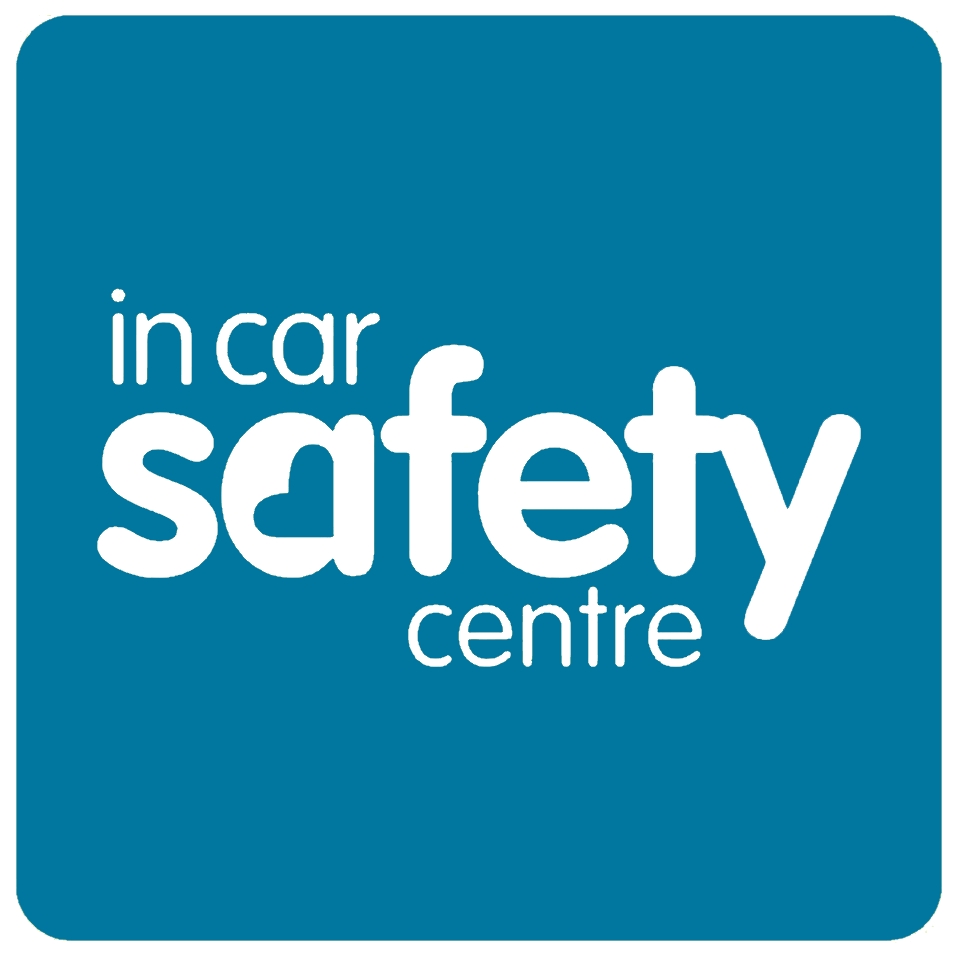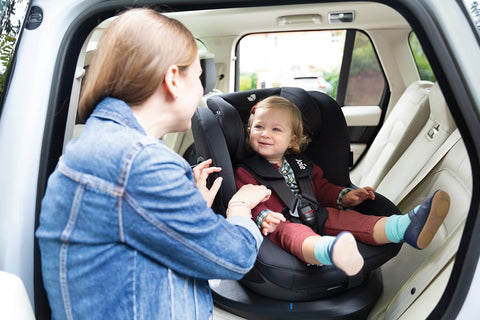In Car Safety Centre offer the widest range of 25kg Extended Rear-Facing (ERF) seats available. Although rear-facing seems like a new concept, we have been supplying rear-facing seats since the 1980’s. It simply does not get talked about enough, so we continue to try and educate parents about the benefits of rear-facing.
Rear-facing offers the best protection to our growing children, as their bone structure is still developing and is not strong enough to protect their organs. As well as this, your child’s head may be up to 4 times heavier than the rest of its body, and the muscles in their neck are not strong enough to support this weight. You may wonder why a rear-facing seats make a difference, but in a forward-facing seat, the harness will stop your child’s body, but their head will continue moving forward causing severe strain on the neck and spine. You can read more about why rear-facing is the safest option here.
We offer a wide range of ERF seats to make sure we can get the right one for each customer. You may think your car is too small, but surprisingly, some 25kg seats are more compact that 18kg seats. The seats are different weights and sizes as well as different features and accessories.
Some will forward-face to give you the option to move your child, while others will only rear-face. Those that are rear-facing only are usually Plus Tested. This test is not mandatory. It is conducted at a higher speed and shorter braking distance than normal compared to European standards ECE R44 and R129, which represents a more realistic crash situation. The Plus Test also measures the forces on the crash test dummy’s neck with sensors, which is why forward-facing car seats are not tested as they present forces that are too high on the neck. The seats will be installed differently. Some will have support legs which means the seat can support itself, while others must brace or lean on the seat in front. Bracing your seat means you can’t move the seat it is leaning on, but it will sometimes give you more room depending on the shape of your seat, and is a good option for those with underfloor storage. Others will have different accessories, such as baby inserts. We have tried to visibly show you the main differences in the below table, in the hopes that making your seat choice will be easier.
| Suitable weight | FF Option? | Plus Tested? | Support leg or braces on seat? | Weight of seat | Baby insert provided? | |
| Axkid Minikid 2 2022/23 | 0 – 25 kg | No | Yes | Support leg | 11.4 kg | Yes |
| Axkid Move | 9 – 25 kg | No | Yes | Support leg | 9.8 kg | No, Baby Cushion available separately |
| Klippan Century | 9 – 25 kg | No | Yes | Support leg | 10.8 kg | Yes |
| Klippan Opti129 | 61 to 125 cm (up to 32 kg) | No | Yes | Support leg | 11.6 kg | Yes |
| Axkid ONE 2 | 61 to 125 cm
(up to 23 kg) |
No | Yes | Support leg & ISOFIX | 10 kg | No |
| Axkid ONE+2 | 40 to 125 cm (up to 23 kg) | No | Yes | Support leg & ISOFIX | 10 kg | Yes |
If you are still unsure which seat is best for you and want more advice, please get in touch or book an appointment. It is best if you can visit one of our centres to physically get the seat tried in your car, but if this is not possible for you, we will happily help over the phone as best we can. Choosing your perfect car seat can be difficult, but we are here to help make the decision as easy as possible.







Comments (0)
There are no comments for this article. Be the first one to leave a message!